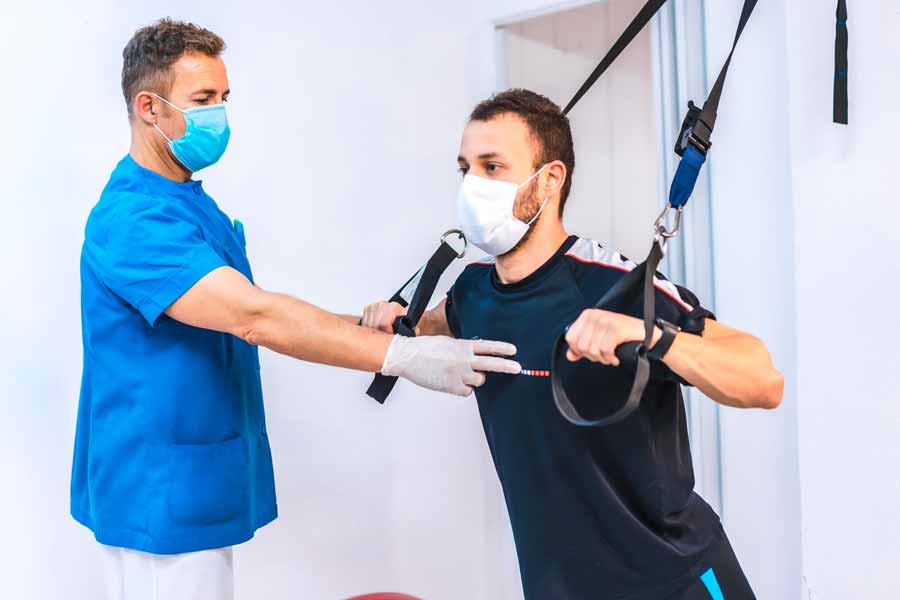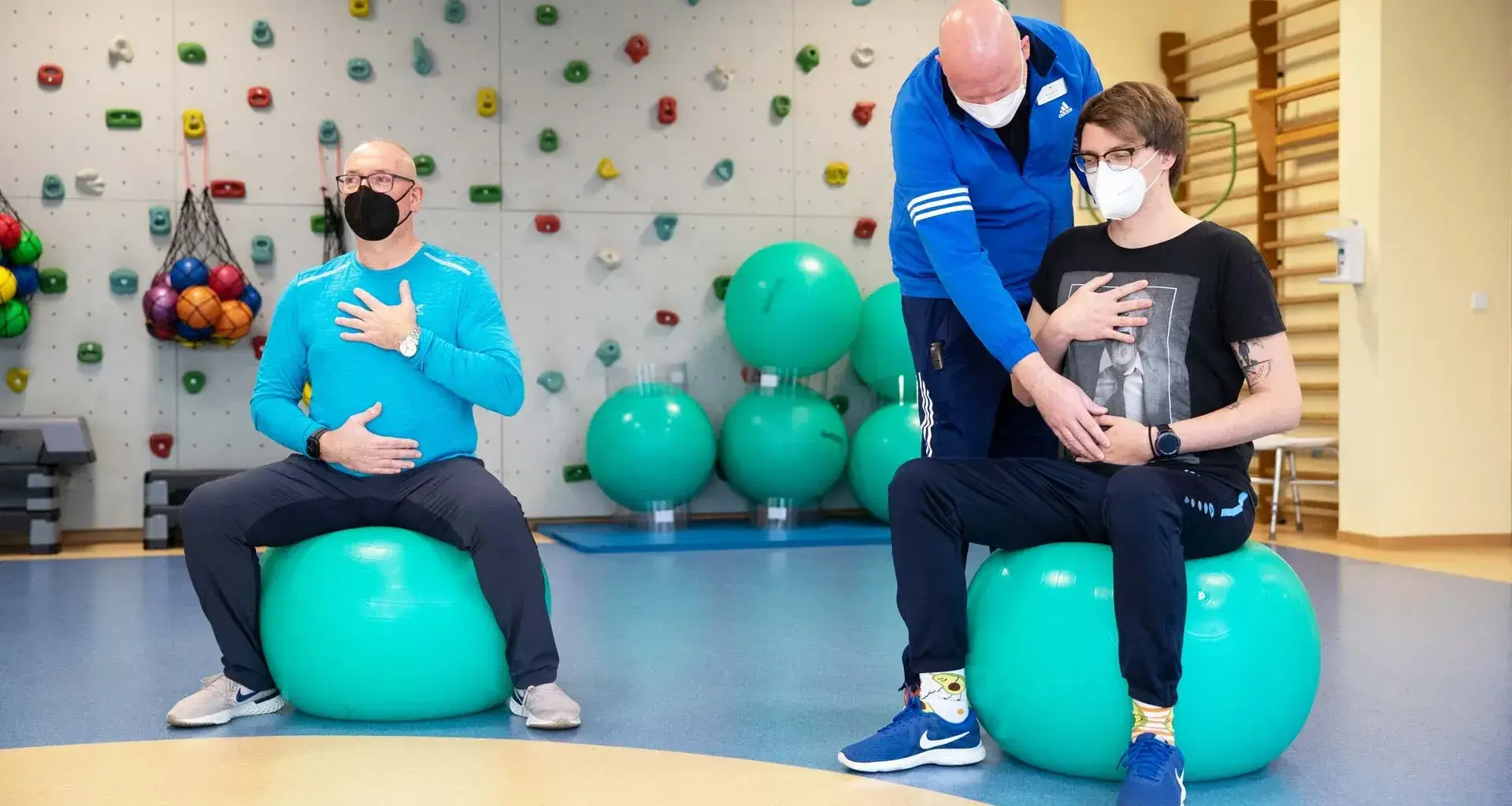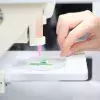Are you still experiencing the after-effects of COVID-19 such as fatigue, anxiety, headaches, muscle or joint pain, difficulty breathing or sleeping, or other symptoms?
If you’ve been diagnosed with SARS-CoV-2 or suspect you’ve been infected and are experiencing symptoms after more than 4 weeks, you may have post-COVID-19 condition or long COVID, explained Dr. Tania Zertuche, director of Wellness and Prevention at TecSalud.
The specialist explained the procedure for diagnosing post-COVID-19 condition and what patients should do if they have signs of it.

Duration of symptoms is critical for diagnosis
Some of the most common after-effects of SARS-CoV-2 virus in Mexicans are:
- Fatigue
- Anxiety
- Chest pain
- Headaches
- Muscle or joint pain
- Loss or decrease of sense of smell
- Difficulty breathing
- Loss or decrease of sense of taste,
- Fever
- Difficulty sleeping
- Weight loss
- Shortness of breath.
“We’ve also recorded other signs that aren’t typical of acute infection, such as brain fog, difficulty concentrating, and problems with memory,” she said.
“We’ve also recorded other signs that aren’t typical of acute infection, such as brain fog, difficulty concentrating, and problems with memory.”
What should I do if I suspect I have post-COVID-19 condition?
Although there isn’t a diagnostic study yet for post-COVID-19 condition, if you’re experiencing these symptoms weeks after the primary infection, Dr. Zertuche recommended seeking medical attention for a personalized assessment.
Dr. Zertuche explained that they use the duration of symptoms as a guide to rule out other diseases.
However, the medical staff will conduct a physical examination through a series of questions to rule out symptoms from a different disease.
“Sometimes, when the cause isn’t clear, some baseline studies are recommended to ensure that the symptoms aren’t due to a different disease.”
A complete blood count is performed to ensure that someone isn’t anemic, as well as a biochemical profile to corroborate kidney and liver function and to rule out diabetes or blood pressure, for example.

What we know about post-COVID-19 condition
In December 2021, the World Health Organization (WHO) assigned the term post-COVID-19 condition to those SARS-CoV-2 symptoms that last at least 2 months and cannot be explained by an alternative diagnosis.
In The Lancet Infectious Diseases, the agency says that “post-COVID-19 condition occurs in individuals with a history of probable or confirmed SARS-CoV-2 infection, usually 3 months from the onset, with symptoms that last for at least 2 months and cannot be explained by an alternative diagnosis.”
This same publication also stated that this diagnosis is more prevalent in women and the risk is related to age.
n Mexico, the 2021 Continuous National Health and Nutrition Survey (Ensanut) on COVID-19 coordinated by the National Institute of Public Health (INSP) states that 62% of the population had after-effects after discharge or one month after onset of the disease.
In addition, 34% of Mexicans have a set of symptoms corresponding to post-COVID-19 condition.
What can I do if I find it difficult to perform my daily tasks?
If you find that your daily activities have become more difficult, here are some simple things you can try:
- Sleep between 7 and 8 hours.
- Eat healthily.
- Take breaks between tasks.
- Conserve energy: You may have less energy than usual, so it is important to plan, pace, and prioritize your activities with the 3 Ps.
- The 3 Ps (plan, pause, and prioritize) can help you manage your daily tasks when recovering from COVID.
TecSalud tips for patients with post-COVID-19 condition
Why do some people develop post-COVID-19 condition?
There are a few medical theories that explain post-COVID-19 condition, said Dr. Zertuche Maldonado.
“We know that the SARS-CoV-2 disease causes much more inflammation in the body, so it wants to maintain that state, and that’s what might be causing the symptoms, but it’s still just a hypothesis,” she says.
The specialist explained that there is a low-grade inflammation when the body is infected by a virus or bacteria. This stimulates the immune system to dispose of and destroy any invaders.
However, when there are a large number of microorganisms, the inflammation can become chronic.
This theory would also explain some of the most frequent symptoms of post-COVID-19 condition.
“Chronic inflammation is related to damage to mitochondrial function, the body’s energy factory. That’s why we believe that patients with this diagnosis have symptoms associated with fatigue, chronic pain, and mobility problems,” she explained.
What is the treatment for post-COVID-19 condition?
The most accepted theory about post-COVID-19 condition indicates that the cause is chronic inflammation, so the treatment is an anti-inflammatory one, such as better nutrition, lowering stress levels, improving sleep quality, and increased movement.
“We have to do everything that is conducive to the immune system and regulate it more effectively,” she pointed out.
TecSalud support group for people with post-COVID-19 condition
At TecSalud, this diagnosis is treated in a personalized manner and each symptom is addressed separately.
Last month, TecSalud launched an open call for proposals to form a national support group for people experiencing the after-effects of COVID-19.
“This initiative arose because we found patients with this diagnosis who were looking for answers and needed medical support and support from others in the same situation,” she said.
So far, they have more than 500 people, ranging from those with after-effects from the first wave (in 2020) up to the present.
“We offer them weekly information sessions with experts who explain each symptom and give them the latest tools to rehabilitate and treat the symptoms.”
ALSO READ:





